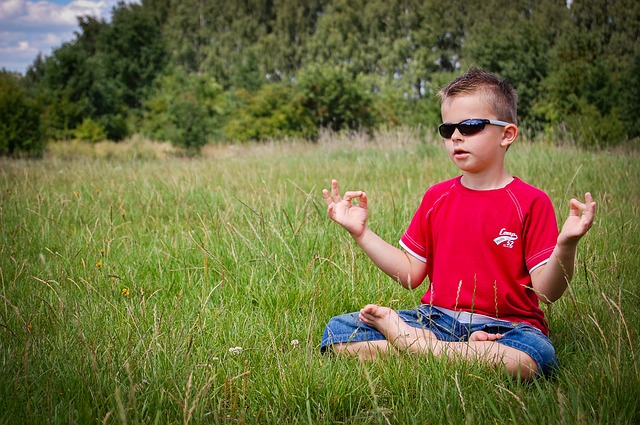
Teaching is a noble career that comes with its fair share of challenges. The duty and responsibility a teacher has over his students can become overwhelming. Besides imparting academic knowledge, educators prepare students for life after school.
They work hard to inspire them and lead them towards a better future. Therefore, teachers must practice mindfulness to handle the job's stresses effectively. A mindfulness instructor will calmly handle the chaos in a classroom, which will help teach students the importance of inner peace.
To understand how teachers can bring mindfulness successfully into a classroom, follow these strategies shared by Thailand amazing.
Benefits of mindfulness training for teachers
Teachers who are less stressed are patient and calm around their students. Mindfulness increases one's self-esteem through promoting self-awareness and self-care practices which will benefit the whole classroom. Students' behavior changes for the better and they are willing to learn from their tutors. Teachers who have successfully mastered mindfulness are aware and present at every moment in the classroom.
As an educator, maintaining focus requires one to practice mindfulness throughout the day by ensuring:
1. You exercise breathing while on two feet.
A typical school day is frantic, and it can be challenging to find time to meditate. However, teachers can use the few minutes break between classes to practice breathing exercises. Use this time to feel your feet firmly planted onto the ground as you breathe in and out. The drive to be aware at all times will make your workdays relaxed and fulfilling.
2. You have a clear definition of your intentions.
Maintaining a clear focus during mindfulness training is critical. Decide how you would like to begin the day and communicate with your students. Your students have individual strengths and weaknesses. Learning how to deal with them from the onset will improve the classroom's mood. Having self-compassion and setting aside any negative thoughts will help you remain positive.
3. You practice mindfulness meditation daily.
Make it a priority to practice mindfulness meditation every day. Your well-being and energy are required in the classroom daily.
Conclusion
Educators expose themselves to stress every day. By practicing mindfulness, they become better teachers to their students. We cannot eliminate chaos in a classroom, but students learn from them when mindfulness teachers remain calm and precise.
